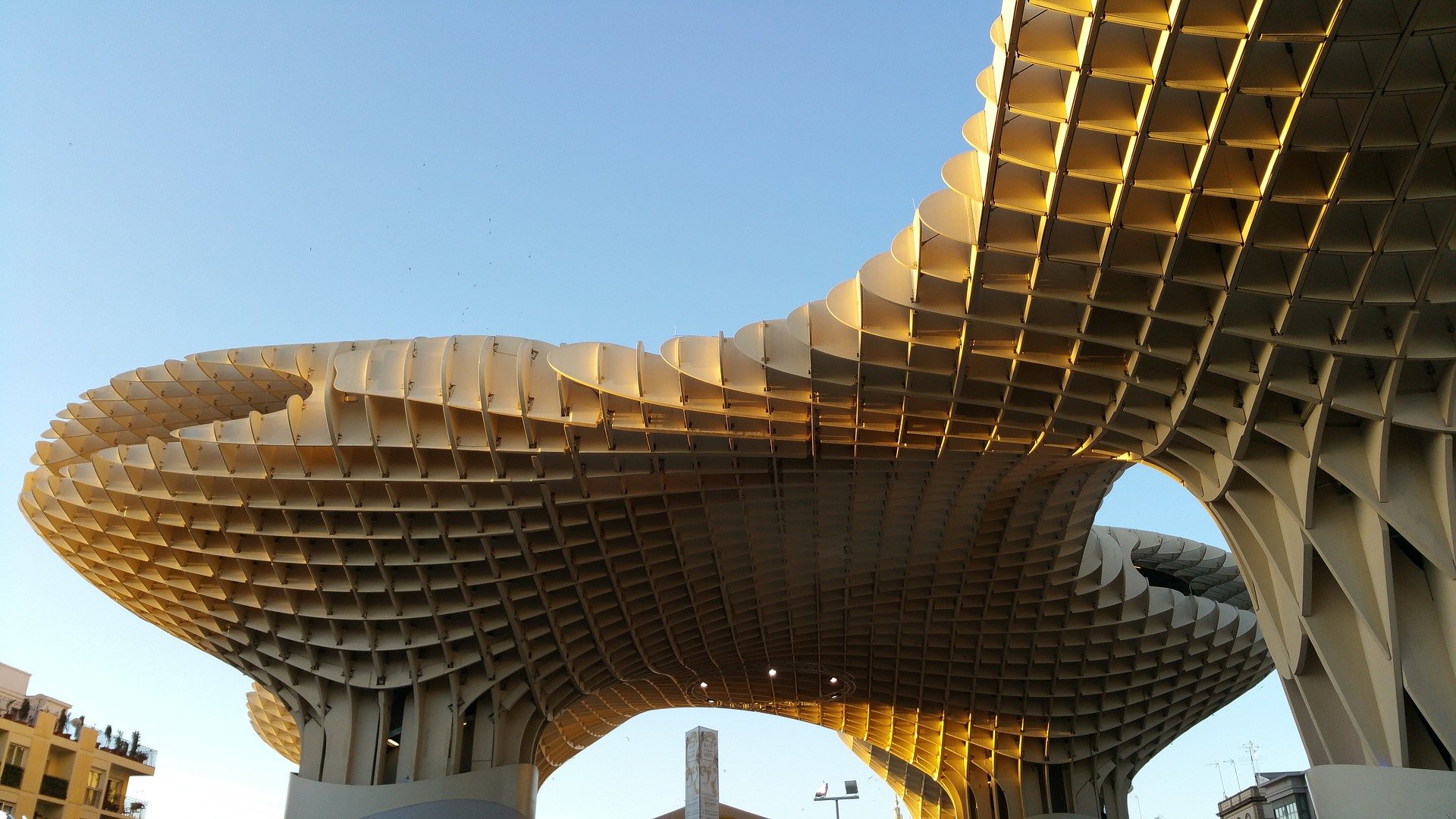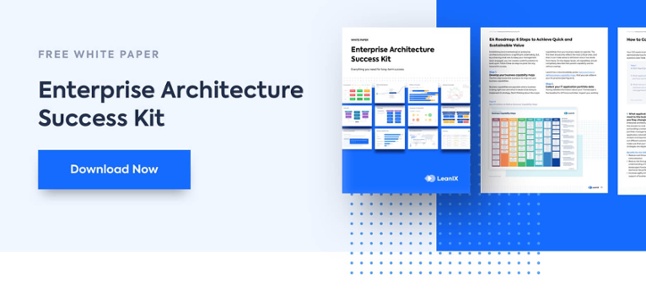
This article explains how Nottingham University redefined student support processes with the help of smart automated IT management.

- Industry: Education
- Headquarters: Nottingham, United Kingdom
- Revenue: £571 million
- Shorter project setup times
- Reduced manual effort for document creation
- Single source of truth for entire IT landscape
- Successful integration project of ‘Campus’ software
THE CHALLENGE
The University of Nottingham has award-winning campuses in the United Kingdom, China and Malaysia and hosts a truly global academic community comprising of 44,000 students and 9,000 staff. It is regularly ranked among the top universities worldwide. The development from a UK-based university to a truly global setup has multiplied complexity in IT.
Administrative processes and supporting applications were inconsistent and therefore integrating new applications proved to be challenging. The lack of central information platforms complicated the process of initiating projects as implications in the IT landscape were unclear.
Technology debt and inconsistent processes led to a situation, where it has been increasingly difficult to change services to provide a world-class student experience or support globally leading research. Nottingham University needed to upgrade their IT landscape while ensuring student mobility between international campuses, reduce cost through simplification, and improving strategic decision making.
THE SOLUTION
Global programs to redefine student experience and provide excellent Research Information Services
The implementation and integration of Oracle’s Peoplesoft solution, ‘Campus,’ into the existing landscape is a major task for the University. The program was split into multiple work streams based around business functions. Improving the student finance process was one core piece to the overall redesign. The Campus Student Financials module will become the system of authority for student financial data for all territories.
To achieve this, multiple payment providers, accounting systems and student fee generating systems need to be integrated with the Student Self Service part of Campus. In order to plan such a complex integration, IT stakeholders that are distributed around the globe, need to work with a consistent set of information. In the past, it had always been challenging to collect all of the required information.
Crafting the high-level design with smart automation
The Enterprise Architecture team around Mark Griffin was the natural owner for all data related to the IT landscape. LeanIX is the ideal data hub for all information needed to capture the high-level design across multiple projects and programs: Which processes and capabilities are in scope? Which capabilities are being impacted by multiple changes? How will the application ‘Campus’ fit into the existing IT architecture? Which technical components and data objects will be affected by new interfaces? What systems and integrations need to be decommissioned? What changes need to be delivered next? Capturing change in technology, information application and capability in LeanIX allows them to assess the landscape and identify the next changes to drive the university forward.
.png?width=150&height=150&name=cutmypic%20(2).png)
“The time saved and transparency created based on high data quality will allow us to modernize IT and keep it synergetic to the business.”
- Mark Griffin, Senior Enterprise Architect
THE SUCCESS
The new level of data quality in Enterprise Architecture allows for better strategic decisions and reduced technology deficit and risk. Rather than collecting this information from experts over and over again for each project, the team took a different approach. All critical information for the architectural design was collected in LeanIX first. Different stakeholders from business and IT contributed the inputs. The team has adopted what is referred to as the ‘LeanIX-first policy’: All Enterprise Architecture information is maintained in LeanIX first, and only from there used in further documentation.
Within days, EA team member Ben Taylor created an automatic way to generate the demanded standard project documents by feeding data via the LeanIX REST API into Microsoft Word documents. With the click of a button, days of work that were needed previously were reduced to seconds. Furthermore, the newly generated documents were augmented by reliable and powerful visualizations, based on LeanIX reporting, as well as consistent naming IDs supporting a worldwide document management for the integration project.







